Dr. Sam Parnia talks about reviving people adter they died. Very informative. Fast forward a little to listen to it.


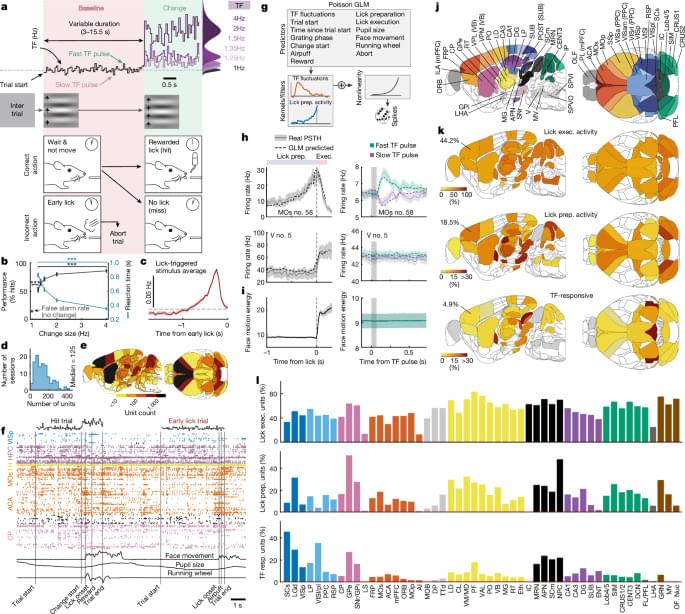
Researchers at SWC have mapped how the brain transforms sensations into action.
Read the story: https://sainsburywellcome.org/web/research-news/brain-wide-d…discovered.
Full paper in https://nature.com/articles/s41586-024-07908-w.
This study explores how the brain connects…
Brain-wide recordings in mice show that learning leads to sensory evidence integration in many brain areas simultaneously, allowing sensory input to drive global movement preparatory dynamics, which collapse upon movement onset.
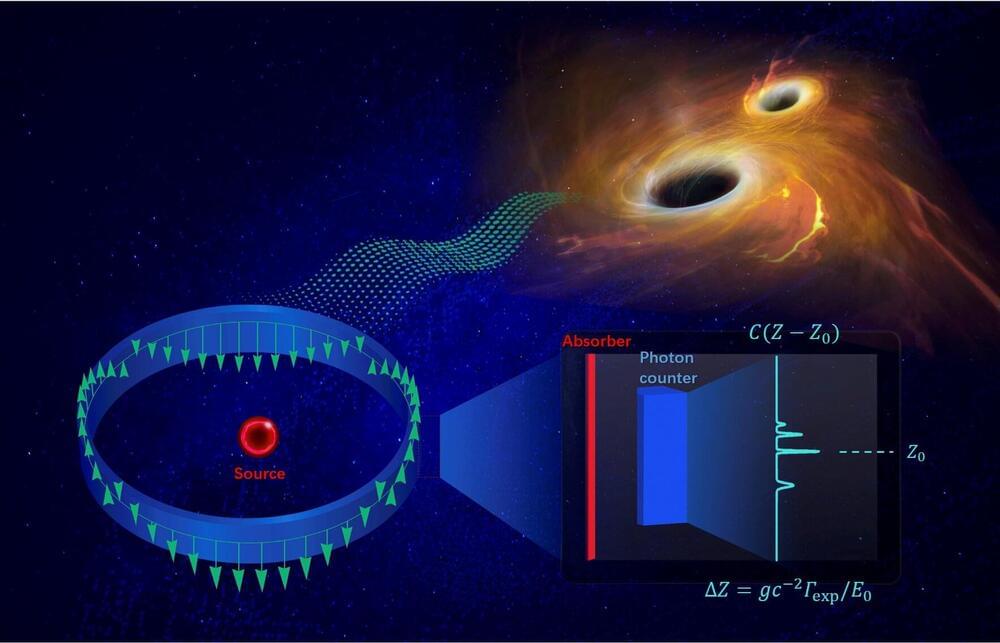
Scientists at the Institute of High Energy Physics (IHEP) of the Chinese Academy of Sciences have proposed an innovative method to realize gravitational wave detection by utilizing Mössbauer resonance. Their findings, recently published in Science Bulletin, highlight a new approach that could revolutionize the study of gravitational waves.
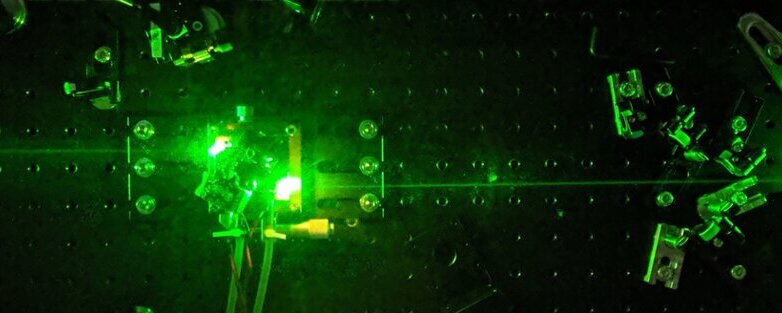
Most atoms are made from positively charged protons, neutral neutrons and negatively charged electrons. Positronium is an exotic atom composed of a single negative electron and a positively charged antimatter positron. It is naturally very short-lived, but researchers including those from the University of Tokyo successfully cooled and slowed down samples of positronium using carefully tuned lasers.
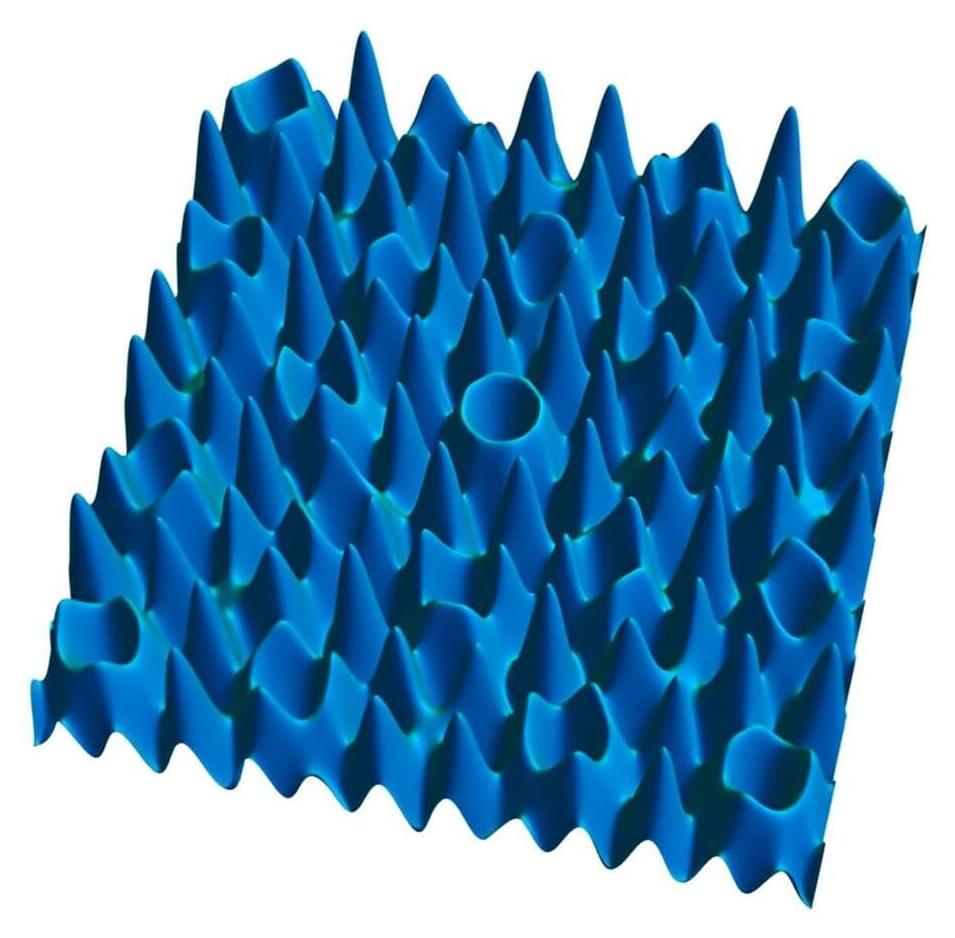

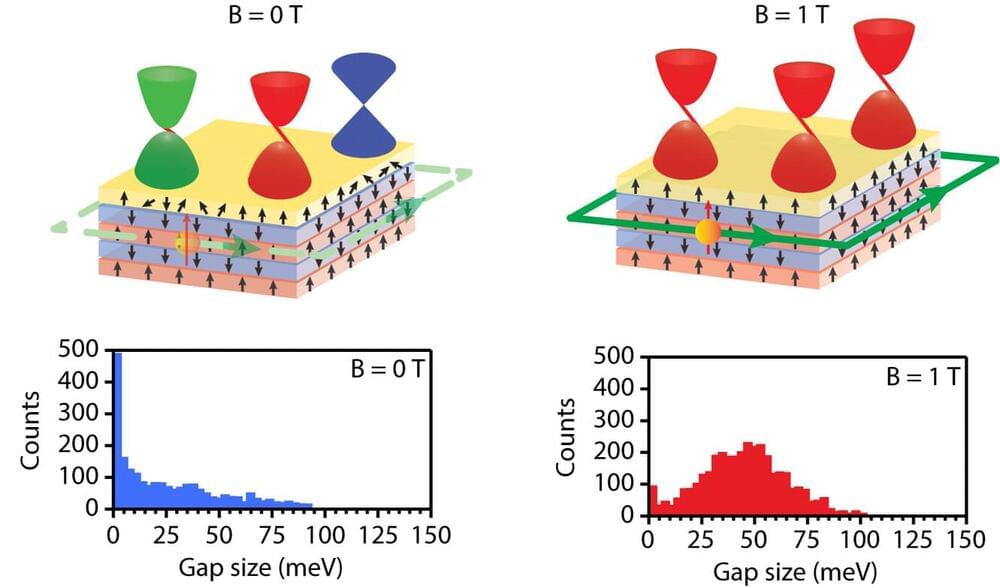
Yet, the current flow along these topologically protected, one-dimensional edges has proven to be far from robust. With the QAHE breaking down in magnetically doped topological insulators at temperatures higher than 1 Kelvin, well below the temperatures predicted by theory.
A new class of materials, known as intrinsic magnetic topological insulators (MTIs), for example MnBi2Te4, possess both non-trivial topology and intrinsic magnetism and are predicted to offer more robust QAHE at higher temperatures than magnetically doped topological insulators.
In MnBi2Te4 it has been shown that the QAHE can survive up to 1.4 K, and interestingly, this can rise to 6.5 K with the application of stabilizing magnetic fields, providing hints at the mechanisms that are driving the breakdown of topological protection.

Researchers have developed a new smartphone-based digital holographic microscope that enables precision 3D measurements. The highly portable and inexpensive microscope could help bring 3D measurement capabilities to a broader range of applications, including educational uses and point-of-care diagnostics in resource-limited settings.
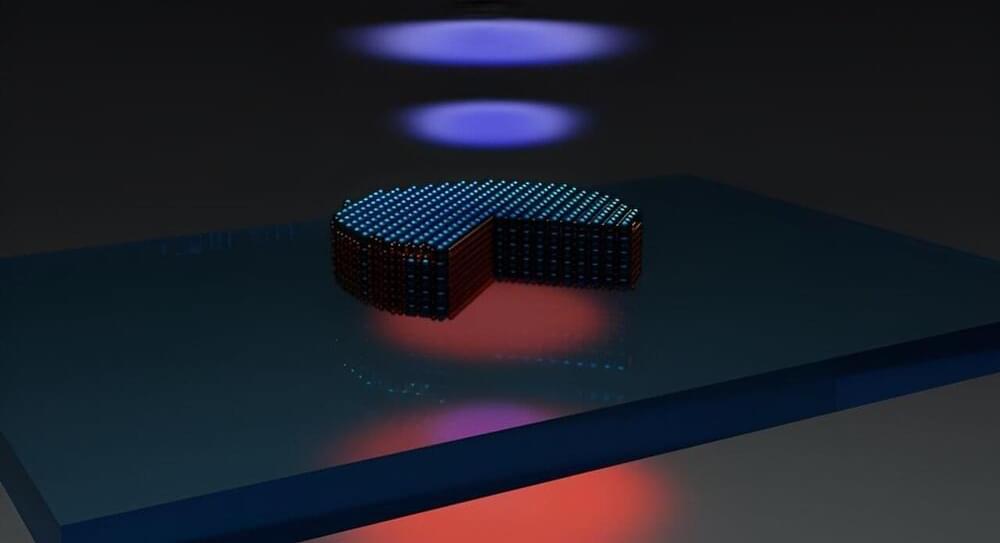
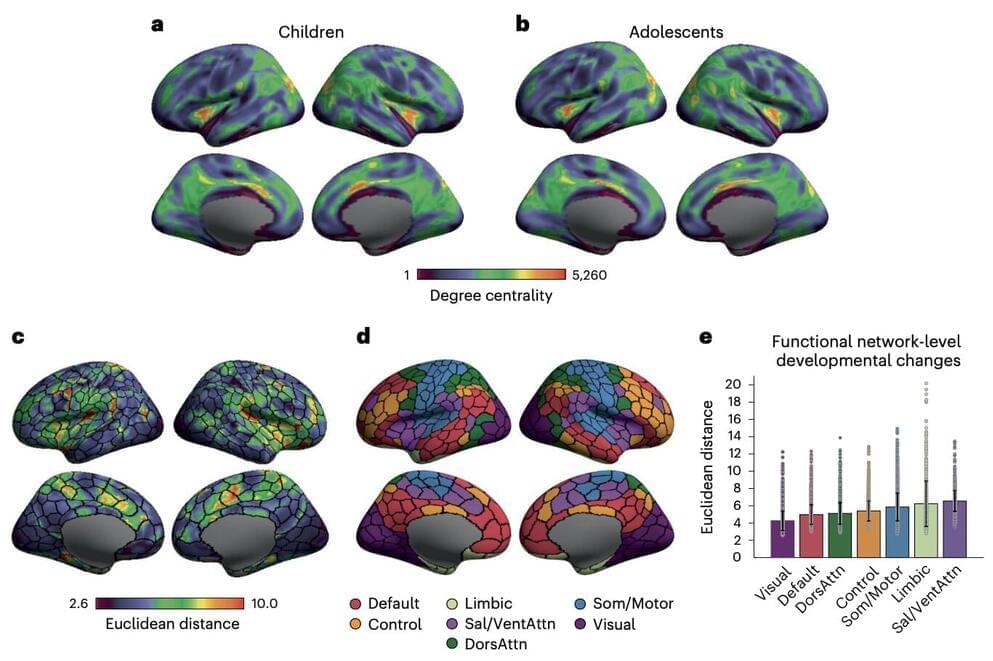
Past neuroscience studies have consistently highlighted the profound changes that the human brain undergoes throughout childhood and adolescence. These efforts have uncovered various stages of development, during which the brain’s organization evolves to support increasingly complex cognitive functions, gradually shifting from a focus on somatosensory/motor and visual processing to more advanced mental capabilities.
These stages of brain development and their underlying neurobiological processes have been closely studied and are now relatively well-understood. In contrast, the contributions of specific functional networks (i.e., interconnected brain regions that collectively serve specific functions) to the brain’s maturation process remain poorly delineated.
Researchers at Yale University, National University of Singapore and Beijing Normal University carried out a study investigating the extent to which individual functional networks contribute to the maturation of the brain and the gradual acquisition of new cognitive abilities before adulthood.